Alexandrite: what does it look like, what properties does it have and who is it for?
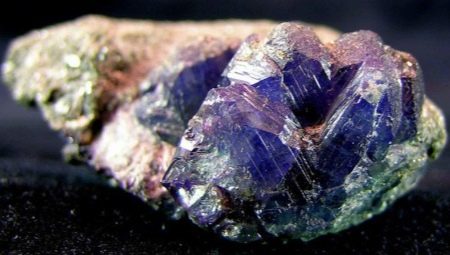
Alexandrite is a unique natural mineral that can change its color depending on the brightness of the lighting. There have always been many incredible legends around this mystical stone, and even the history of its discovery has different versions. According to one of them, the precious mineral was discovered by the Finnish scientist Nordenskjold in the Urals in 1834. It was assumed that the green stone was nothing more than an emerald, but the scientist decided to examine it in detail in the evening in a calm and comfortable atmosphere. However, by candlelight, Nordenskjold saw in front of him a crystal not green, but a bright red. Subsequently, the stone was named in honor of the future emperor of the Russian Empire Alexander II, who celebrated his 16th birthday in 1834.

Another version of the discovery of alexandrite tells that a precious gem was found at an emerald mine located near Yekaterinburg, and this happened in 1833. To study the mineral was sent to St. Petersburg, where L.A. Perovsky concluded that the discovered stone is not an emerald at all, since it has a slightly higher hardness and differs from the emerald in its composition. The events described took place on the eve of the 16th birthday of the future emperor of Russia Alexander II, and wishing to make a pleasant gift to the royal family, the scientist named the mineral found alexandrite.
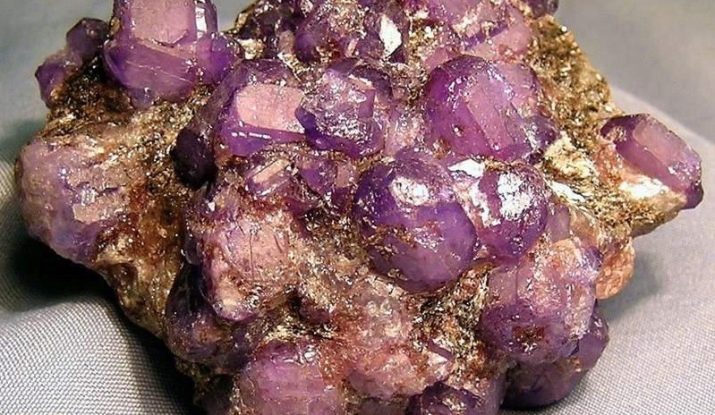
Alexander II really liked the unusual mineral that could change color, and he always considered it his talisman, and after him the aristocrats became fashionable for jewelry with this precious stone. Even a second name - "the imperial stone" was assigned to the gem.
Later, after the assassination of Alexander II, which took place in 1881, Alexandrite developed a bad reputation and soon this mineral became a symbol of widowhood, sadness and loneliness.
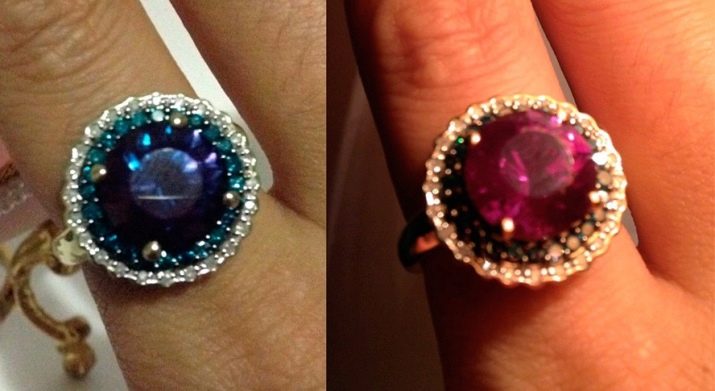
Description
Alexandrite is a real natural mineral consisting of chrysoberyl with an admixture of chromium. The stone is classified as an anisotropic crystal capable of changing its color in the rays of the light flux passing through it relative to the optical axes. Daylight, passing through chromium ions, paints the crystal in green shades, and in the evening artificial light, the mineral looks violet-cherry, lilac or deep crimson. There are alexandrites that have opalescence, or, as this phenomenon is also called, the effect of a cat's eye. Experts call such gems as cymophane stones.
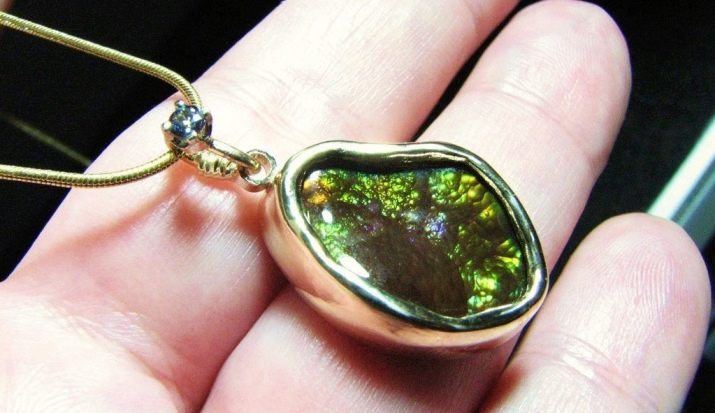
Today, alexandrite is known as a category I color gemstone.
Untreated alexandrite is opaque, but after jewelry polishing it can be transparent or translucent with a pronounced glass luster.
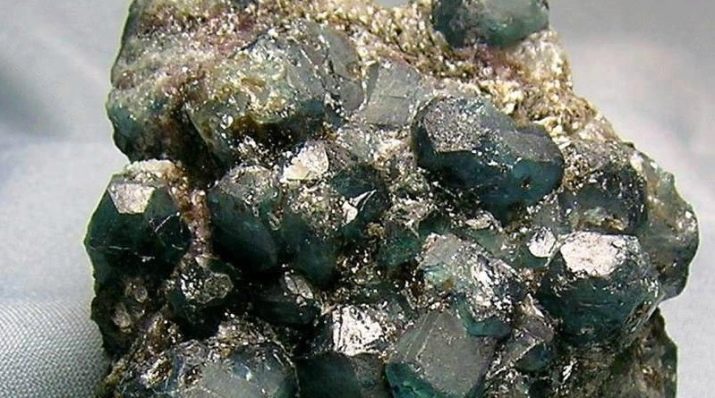
Alexandrite is mined in mica schists, pegmatite deposits or granite - it is there that inclusions of these minerals are found among the basic rock. In the cavities of rocks, alexandrite is found in the form of so-called druses.... Druses are multiple crystals that are located together on one common base. The extraction of precious stones in Russia was carried out mainly in the Urals and until 1995 was carried out to a greater extent on the territory of the Malyshevskoye deposit, which was considered the largest not only in Russia, but also in Europe. However, during a long period of almost 100 years of use, the field was completely depleted and closed.

Today precious alexandrites enter the world market from the USA, Sri Lanka, Brazil, Africa, Madagascar, and India. Stones from different parts of the world have their own color characteristics. So, for example, African minerals have a low contrast of color changes, Brazilian gems are translucent, and Indian stones tend to be blue and turquoise. However, to this day, only Ural gems are considered the standard of high-quality alexandrite.
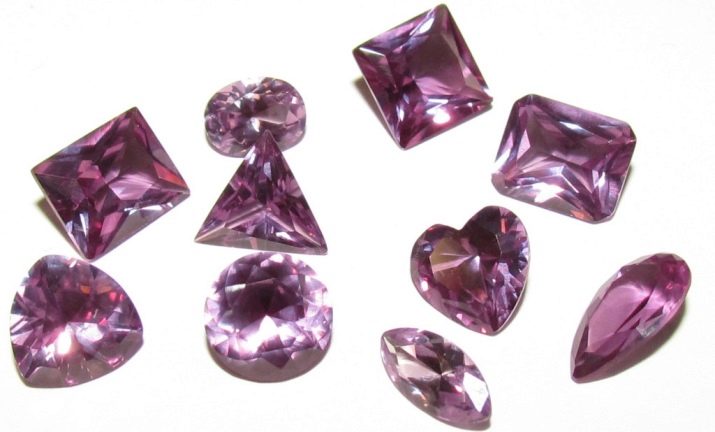
Views
The color of precious alexandrites directly depends on their deposit and the structure of the structure of chromium, which is part of the mineral. The assessment of the value of a stone is determined by professional jewelers precisely by the color scheme of the gem. Color overflows of natural alexandrite, as a rule, range from blue-green in daylight to dark crimson with artificial lighting. There is no consensus on which shade of chrysotilberyl is the most valuable in jewelry. Each professional is guided by his own preferences and experience - some like deep purples, while others think that the most valuable specimen has a rich green color.
Some alexandrites may look beautiful only at certain times of the day or with good lighting, while the rest of the time they remain unremarkable.
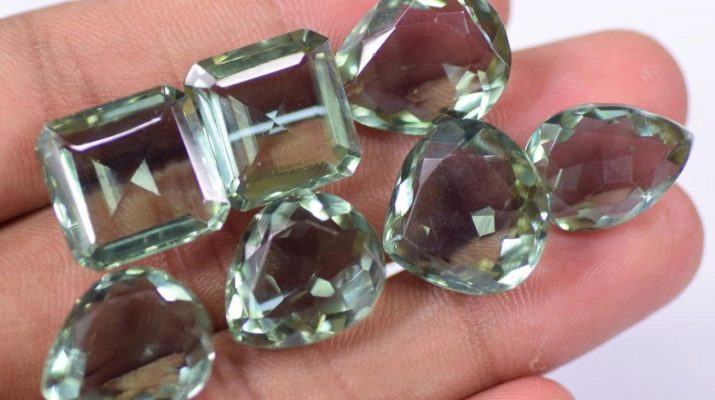
Ural alexandrites are considered the most valuable by jewelers all over the world because of the depth of color ranges and brightness of color tones. In daylight, minerals of Ural origin show violet, pink, blue and classic green hues. African and Brazilian stones in the sunlight shimmer with pure blue tones with a green tint, while if you transfer the minerals to a source of artificial light, the color of the stones will dramatically change to a bright purple.
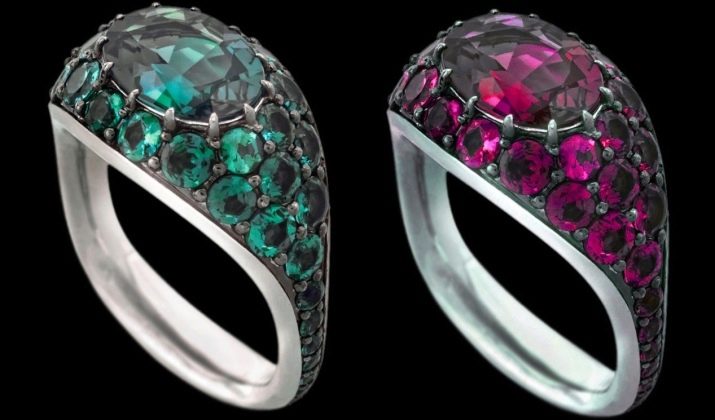
Alexandrites are mined not only in different shades, but also in different sizes. Basically, the size of the mined gems does not exceed the weight of 1 carat. But there are also surprising exceptions - the largest precious mineral, consisting of 22 crystals, was discovered in the Urals in the "Emerald Mines", its weight was 5.38 kilograms.
Now this property of Russia is kept in the Mineralogical Museum of Moscow and it was given the name "Druza Kochubei".
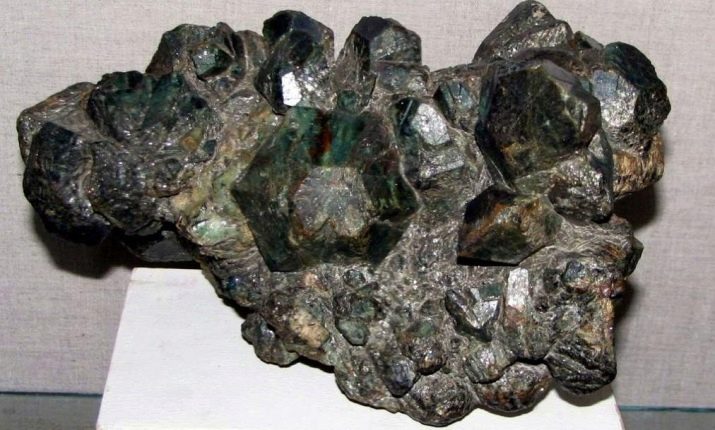
It was not easy to become the owner of real alexandrite at all times. Earlier, with the existence of the USSR, it was impossible to buy products with an imperial stone on free sale, with all the desire. All available stones in the country, together with their owners, were strictly registered with the competent authorities. Often, a similar semi-precious stone corundum or another natural mineral, which contained chromium and vanadium, was placed under the precious alexandrite. But even such gems were rare in the jewelry market. Nowadays, you can buy real natural alexandrite only from collectors of rare jewelry, and this is considered an incredible success.
Genuine and cut alexandrite, due to its rarity and uniqueness in the world jewelry market, can have a value even higher than that of a diamond.

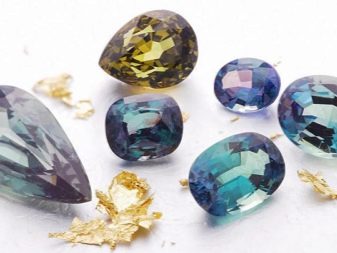
physical characteristics
Scientists believe that in order for chrysoberyl, called alexandrite, to form in the rock, chromium and beryllium must interact, which in itself is a rather rare case. In addition to these conditions, silicon should not be present in the crystal, since with its presence the mineral turns into an emerald. Given these difficult circumstances, chrysotile beryl minerals are rarely formed in nature. However, alexandrites are found next to not only emeralds, but also sapphires - these are the freaks of nature.
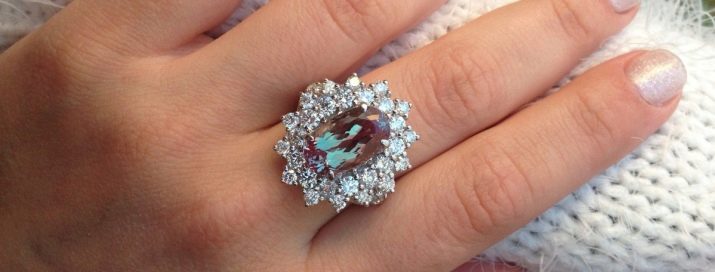
Alexandrite is a stone that can hardly be called particularly durable, although its hardness on the Mohs scale is 8.5 units, and its density ranges from 3.5 to 3.8 grams per cubic centimeter. When a mineral is fractured, an uneven concave edge surface is formed. The crystal lattice of this natural nugget has a rhombic structure, which means that each crystal has 3 axes that intersect at equal angles.
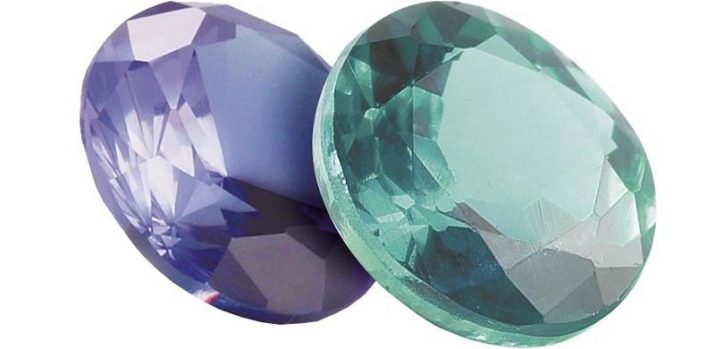
Given the fragility of the imperial stone, cutting and fixing the stones in the setting is a rather risky process, since the stone can crack during processing, and it becomes especially fragile when squeezed. Many years of experience have shown that the risk of cracking is greatest for stones weighing more than 1 carat. Knowledgeable and responsible jewelers are unlikely to undertake the repair of a product with alexandrite, given these features.
By the way, natural alexandrites rarely weigh more than 1 carat, so when buying a product with large stones, one should beware of counterfeits.
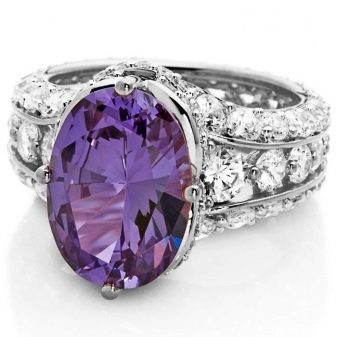
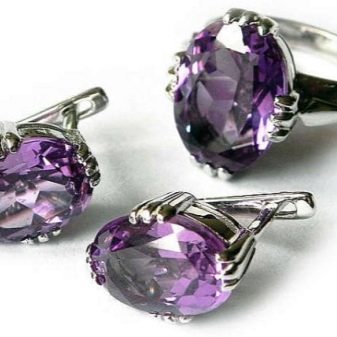
Properties
In Russia, the imperial stone, due to a coincidence of circumstances - the death of Emperor Alexander II and the consequences of the First World War, acquired ill fame, meaning grief, the loss of a loved one and loneliness.

Alexander II was very fond of the gem presented to him and wore a ring with this stone, never parting with it. However, on March 1, 1881, the tsar, for some unknown reason, did not put on a ring with alexandrite and was killed on that day. This combination of events looks somewhat strange, if you also know the fact that March 1 in magic circles is considered one of the most difficult and unlucky days of the year - according to legend, Judas hanged himself on this day.
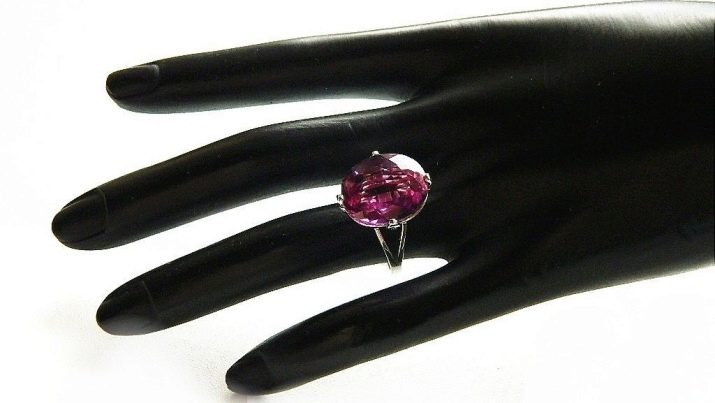
However, in other parts of the world, chrysotilberyl is more loyal and sees only good in it. Due to its unique ability to change color, various magical properties are attributed to alexandrite - this is understandable, because everything that defies explanation, ordinary people are used to referring to the category of miracles.
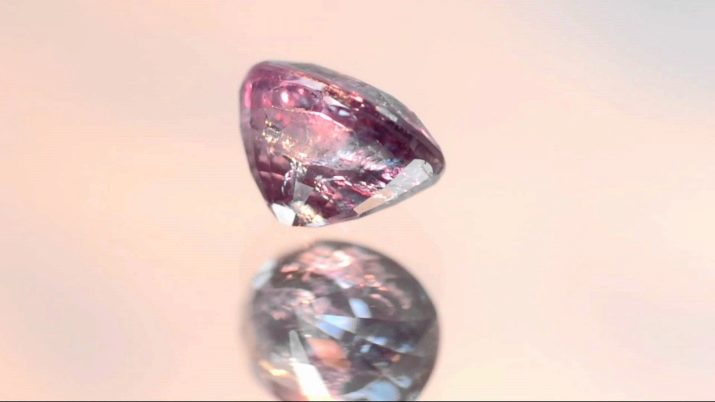
In Russia, it is believed that alexandrite is able to enhance the gift of intuition and prophecy, therefore mediums use the stone to make various talismans and amulets, which not only help to predict future events, but also protect their owner from the evil eye and damage. In addition, it was believed that the chameleon stone could cure alcohol addiction. To do this, alexandrite had to be left in a container of water for the whole night, and after waking up in the morning, before breakfast, this water had to be drunk.
According to eyewitnesses, such a technique helped to get out even from prolonged heavy drinking.

In India, the miracle stone is considered a symbol of health, longevity and financial prosperity. The first mention of it is contained in an ancient treatise called "Mahabharata", where alexandrite is compared with a peacock's feather and is called "peacock's eye". Not every person can afford an amulet with such a rare stone, but the owner of such an amazing treasure was considered lucky in all endeavors and vital matters.
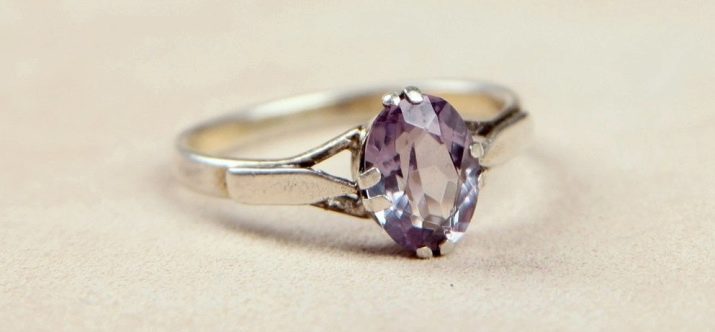
In European countries, alexandrite is considered a stone that attracts good luck and helps to establish new relationships, not only of a romantic, but also of a business nature.
This changeable gem, according to knowledgeable people, improves mood, treats depression, helps a person to reveal talents and previously dormant creative abilities, and also contributes to the acquisition of stable financial independence.

Who is it suitable for?
The value of alexandrite for a person, according to astrologers, is largely determined by the zodiac constellation under which he was born, therefore, not all signs of the zodiac can wear alexandrite. Natural stone is very strong and only people born under the signs of Aquarius, Gemini, Leo and Scorpio can cope with its energy.
Astrology attributes to these signs special outstanding qualities, among which will, strength and courage come to the fore.

Alexandrite affects each of these signs in its own way.
- Aquarius... The gem enhances the already high intuition of these people, and in addition, allows them to more easily establish interpersonal ties with almost any person. Aquarians are known to the world as natural born peacemakers and alexandrite enhances this innate ability in them, helping them achieve their goals in many endeavors related to human relationships.

- Twins... Alexandrite gives this sign calmness and discretion. It will be easier for the owner of the stone to avoid the empty fuss and unnecessary anxiety inherent in this sign, and in addition, he will have the opportunity to apply balanced and thoughtful decisions in all important areas of life.

- a lion... The imperial stone enhances the power of people born under this zodiac sign, directing their energy into a creative channel. Alexandrite enhances feelings of justice, ambition and personal charisma of its owner. With the help of this mineral, Lions can conquer many peaks and achieve absolutely any goals.

- Scorpion... Alexandrite enhances the moral strength and intelligence of this sign several times. Thanks to the talisman made from this gem, Scorpios will be able to defeat all their enemies and bypass any obstacles in life. In addition, these people will have a real opportunity to grow spiritually and discover new horizons for themselves in the spheres of life that interest them.

Despite the fact that the imperial stone is intended for strong-willed people, astrologers do not recommend using it for Taurus and Aries. The fact is that both of these signs are prone to uncontrollable outbursts of aggression and alexandrite will only intensify this undesirable manifestation of their character.


Virgos and Cancers cannot cope with alexandrite energetically - the stone will increase their emotionality, as well as shatter their already mobile energy, which will lead to numerous troubles in life.


It is believed that in order to fully unleash the potential of precious alexandrite, it must be worn in a solid gold frame. It is best if the jewelry is made in the form of a massive male ring or a female ring. The imperial stone works well with diamonds, amethysts, sapphires, garnets and topaz.
During the time of tsarist Russia, when alexandrite became a favorite adornment in aristocratic society, women wore this precious gem in combination with two diamonds, which were a symbol of autocracy. Knowledgeable people believed that if you wear alexandrite in combination with jewelry made from other stones, then you had to put on the gem last, after all other jewelry, but you could only remove it as the last one - now it may seem naive, but in those days the customs were just like that.
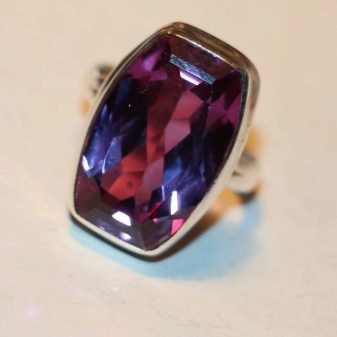
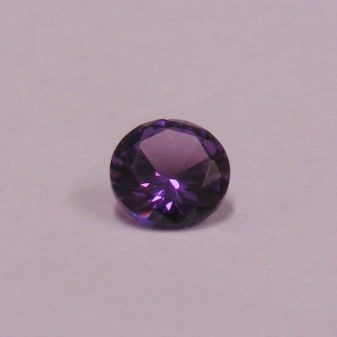
How to distinguish a natural stone from a fake?
Since the demand for the mineral chrysotilberyl at all times was high, and there are clearly not enough natural stones to meet this demand, alexandrite learned to grow artificially. For the first time in our country, this event happened in 1973. A synthetic analogue of a stone, grown in a laboratory using a hydrothermal method, is not cheap, while the gems obtained in this way have the properties of a play of color, but not to the extent that it is inherent in a real natural mineral. A similar gem can be grown on the basis of corundum.
Synthetically grown stones differ from natural minerals, but they are not considered fakes.
To purchase even a synthetic analogue of alexandrite is considered a great success, since their number is still small due to the high cost price when synthesized in laboratory conditions.
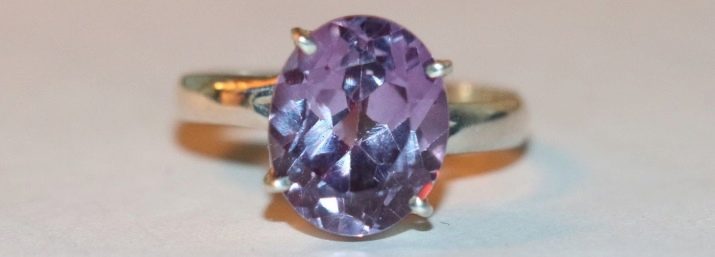
To distinguish a fake from real natural alexandrites, experts recommend paying attention to the following points.
- Poor quality counterfeits are too soft and can be easily scratched with a sharp object if desired.
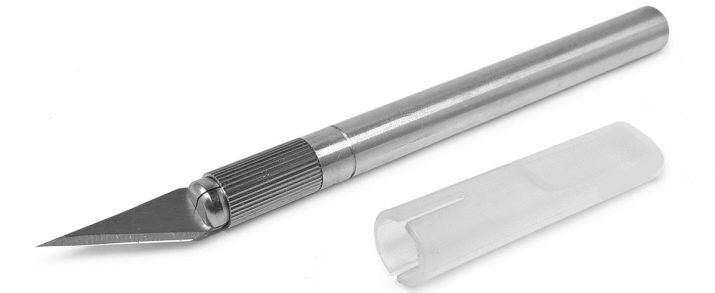
- Fake stones cannot give the play of colors that are inherent in natural minerals - this is especially clearly seen in their spectral analysis.
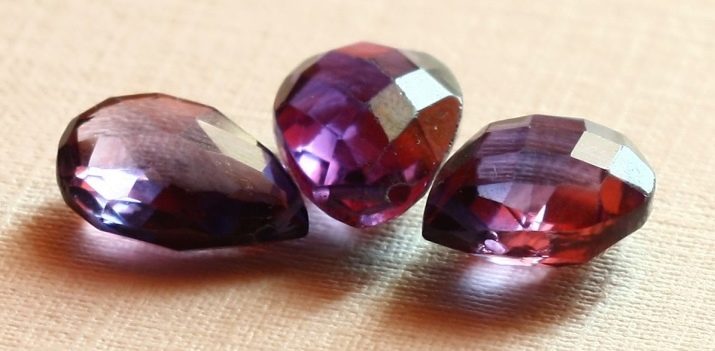
- Counterfeit gems are arbitrarily large at a surprisingly low price, while natural minerals are rarely over 1 carat or a maximum of 2 carats and are very expensive. The price on the jewelry market for natural chrysotilberyl ranges from $ 5,000 to $ 37,000 per carat.
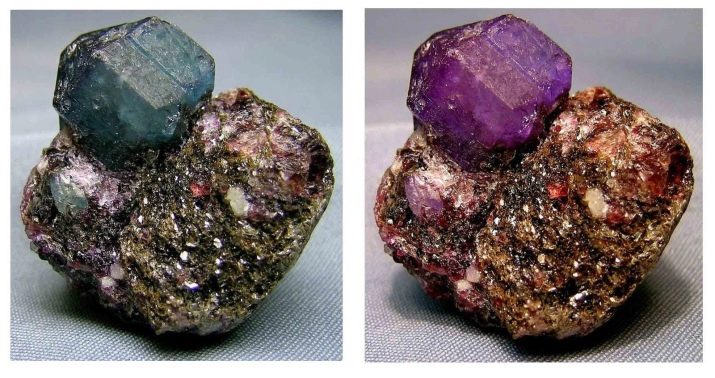
- Fake "alexandrite" gives a violet spectrum of shades and this spectrum is predominant, while in natural chrysotilberyl the main gamut of colors is green and purple, and violet shades smoothly turn into yellow and orange reflections, which can be seen during spectral analysis.
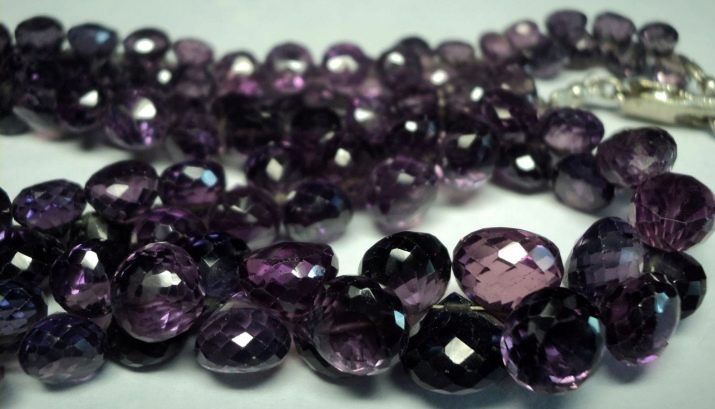
- A real natural mineral always contains some other rock inclusions or areas of turbidity, while its fake will always be of perfect purity and transparency.
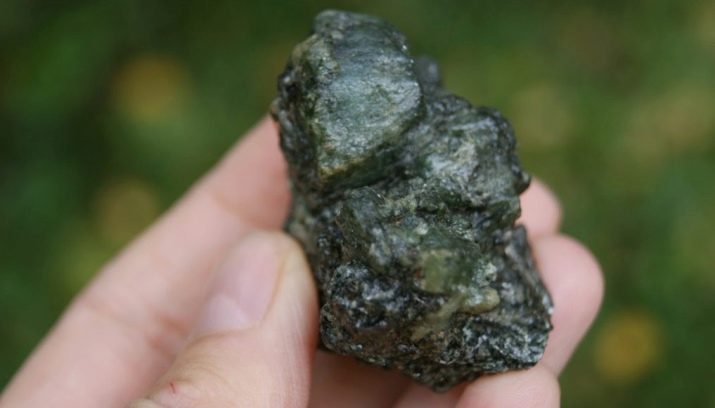
Often, any other stones that contain chromium can be passed off as precious alexandrites. Most often, corundums, consisting of aluminum and vanadium oxides, are given out as a miracle gem. Only a professional will be able to determine the authenticity of natural chrysotilberyl by examining the mineral with a spectroscope - at home and "by eye" it is unrealistic to do this.

Currently, jewelry using a precious imperial stone is made only to order and for a lot of money. It is very difficult to find and purchase pre-revolutionary products in Russia, since most of them were exported during the revolution by emigrants to European countries. The bulk of such jewelry has now been irretrievably lost - gold and silver have been melted down, and the stones are kept as a separate jewel in private collections.
It is possible to purchase such alexandrites or antique jewelry using them only at specialized jewelry auctions, where the cost of these jewelry is extremely high, and there are quite a few people who want to buy an unusual stone.
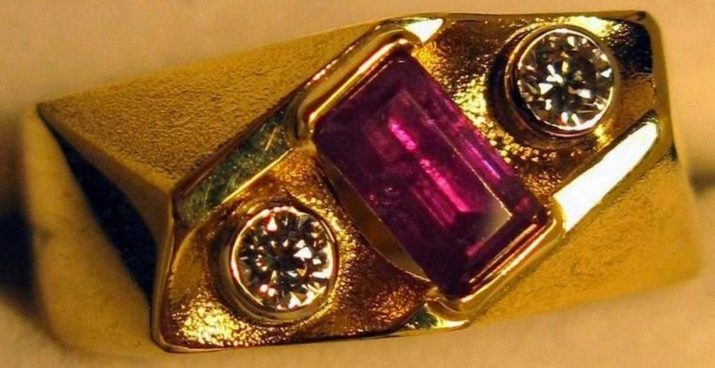
Modern professionals in the field of jewelry are well aware that literally 99% of all stones that you will see in jewelry are synthetic analogs of natural alexandrite. The only question is what quality these analogs are. Growing alexandrite artificially is a long and financially costly procedure.
Artificial stones are used in expensive jewelry, while cheap imitations are used mainly for making jewelry.

How to wear?
Alexandrite was called the imperial stone for a reason, because wearing it means subjecting your fate to changes and numerous trials. Not every person is capable of this, but only those who have the power of will and spirit. If you become the proud owner of this unique stone, it may happen that alexandrite will be energetically difficult for you, and the trials of fate will be beyond your strength. According to long-term observations, it has been revealed that in order to neutralize the influence of powerful alexandrite, it must be worn next to other precious stones with a softer energy. In the old days, it often happened that a person simply refused to use jewelry with this difficult stone, concluding that alexandrite did not suit him.
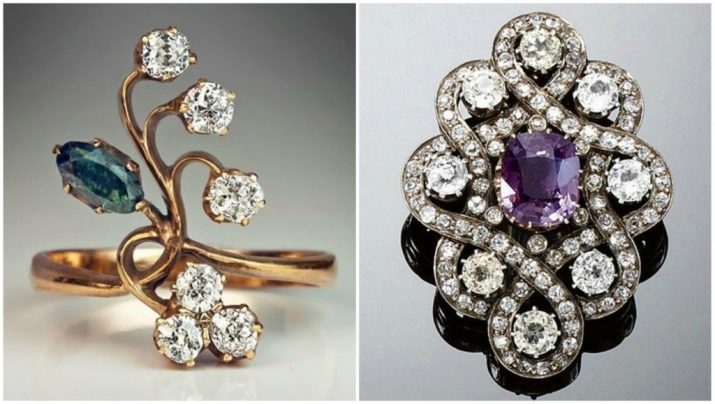
Jewelers advise wearing alexandrite in sets and there are two reasons for this: in a set, jewelry always looks more dignified and attractive, and besides, it is believed that only in this way can loneliness and widowhood be ward off. It is difficult to judge how true this opinion is, and if you want to be convinced of this, you can try to experience the effect of alexandrite on yourself.
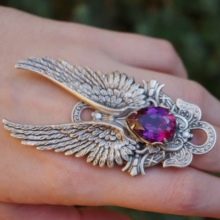
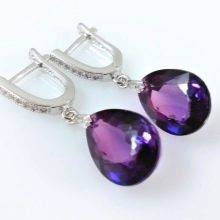
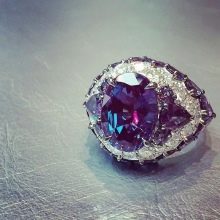
It is appropriate to wear alexandrite at any time of the day - it all depends on the style of the decoration and the proximity to other stones.
So, for example, alexandrites in combination with diamonds belong to evening types of jewelry, and if you wear a royal stone in the form of a single talisman or a ring, then if you wish, you can not take off such jewelry around the clock.
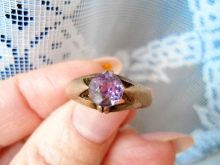
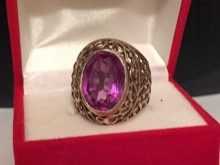
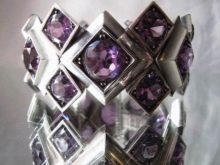
There is an opinion that chrysotilberyl looks especially beautiful if its owner has brown, black or green eyes. Experienced people said that alexandrite is more suitable for a man than a woman. By acquiring this precious gem, a woman can condemn herself to loneliness, while a man gains strength and self-confidence with this stone. As a talisman, alexandrite most of all manifests its properties in men, since the male energy is more in tune with this stone than the female one.

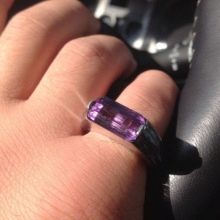

How to care?
Knowledgeable jewelers know that extreme care is required when processing natural alexandrites - one wrong or excessive pressure, and a fine stone can become covered with a network of cracks. Synthetic analogs of this gem are much more durable - they are resistant to processing and heat.
In addition, natural chrysotilberyl is unstable when exposed to alkaline solutions - they increase its fragility and reduce its natural brightness.
Given these features, products with alexandrite must be protected from shock and, of course, you should not expose them to chemical components.
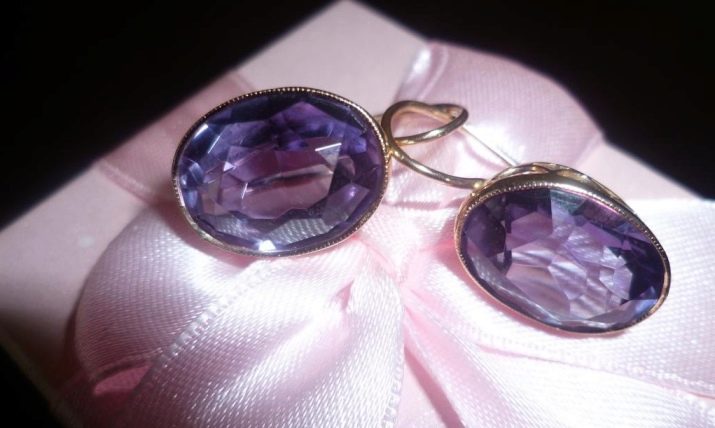
So that a unique gem does not lose its luster, it is unacceptable to engage in work in jewelry that can lead to deformation or contamination of the jewelry. Cleaning jewelry with a precious imperial stone is allowed only with a warm soapy solution of low concentration, to which you can add a few drops of ammonia. Such a composition not only helps to clean the stone, but also returns the shine to its frame. After processing, the jewelry is rinsed with clean water and gently wiped with a soft, lint-free cloth. The imperial stone requires respect for itself - you need to store such a piece of jewelry in a special jewelry box with soft walls, and it is best if this box is placed in a dark and cool place.
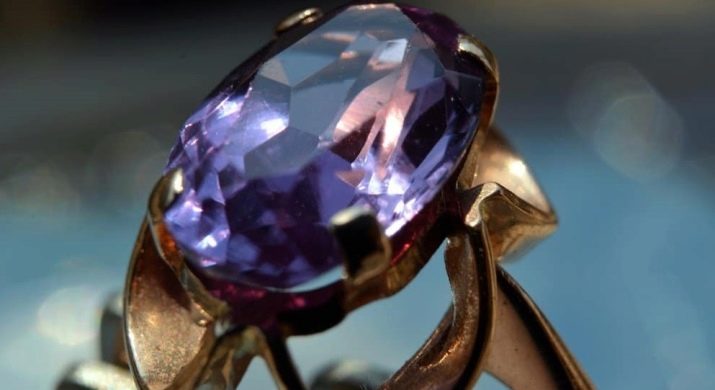
If a product with real alexandrite needs repair, try to contact a competent and trusted jeweler. Often, in the process of setting the stone in a setting or with the wrong use of acids and the action of high temperatures, a natural mineral can lose its vibrant shine or become covered with a network of cracks, which will be very problematic, and sometimes simply impossible to eliminate. Sometimes, for the treatment of a network of small cracks, the method of impregnating the gem with natural oils is used, for example, using high-density cedarwood oil.
However, this is only a temporary way to eliminate the defect of a natural stone, since over time the oil tends to dry out and evaporate, which means that the problem will again require a solution.
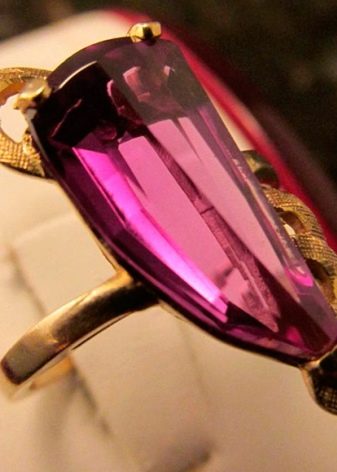

More information about alexandrite can be found in the video below.








